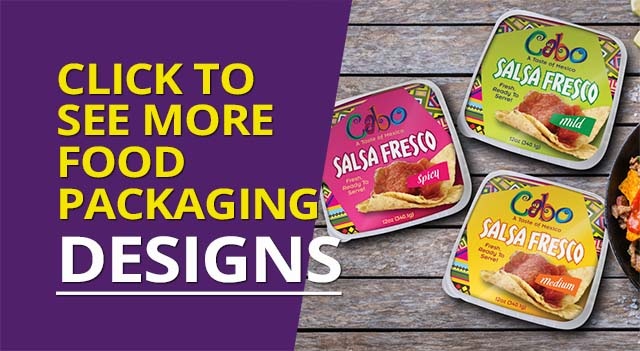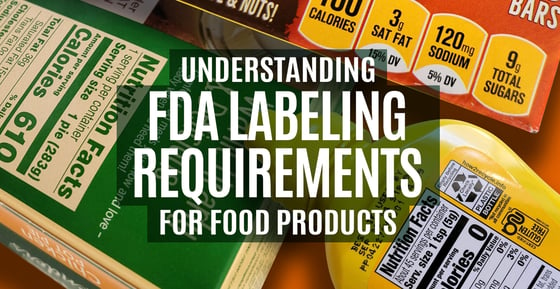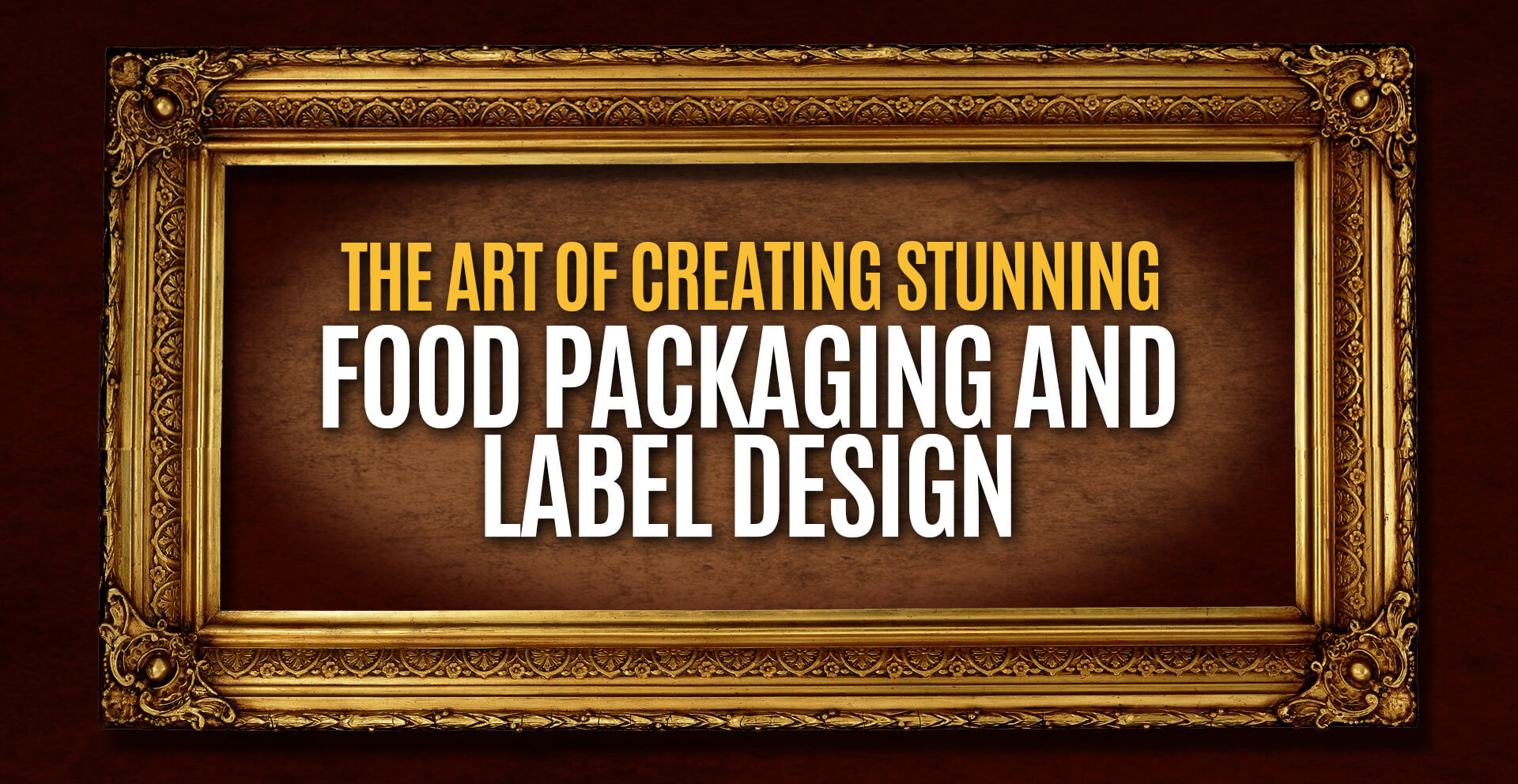
Creative food label design is crucial in grabbing consumers' attention and influencing their buying decisions.
Grocery store shelves and online storefronts are more crowded than ever, with upstart products appearing alongside traditional, well-known name brands, both vying for shoppers' line of sight engagement. How do you make food packaging stand out?
Continue reading to uncover the magic and know-how behind successful food packaging design initiatives.
Food packaging label design is an essential skill for improving food product branding and customer engagement, and if you master this art, you'll not only have customers; you'll also have a powerful tool for distinguishing your company's brand messaging in a crowded marketplace, cultivate consumer loyalty, and ultimately boost your sales and profit.
The Power of Creative Food Label Design
The cliche of making good first impressions applies when you aim to design a label for food products.
When a consumer first notices your food package on the shelf, this interaction is often the only chance a product has to win over a customer.
The best design stands a significant chance of influencing a buying decision, all things being equal.
Visual appeal can entice and produce intrigue in the consumer's mind. All of a sudden, the customer feels a need to learn more about the product.
Eliciting these emotions may cause the consumer to pick up the product, inspect it, and read the information presented to decide whether to give it a chance and purchase.
Colors, shapes, materials, and typography sometimes play an understated role in this feeling-out process.
Creative food labeling also serves as a brand name's ambassador on the shelf, telling a story about who your company is, what your values are, and why your food product is worth a try.
Effective food packaging undeniably helps to establish brand recognition and loyalty. Coupled with a positive experience using quality food products, consumers will continue repeatedly choosing it over competing items.
The best packaging and label designs for consumer food products make this positive reinforcement seem automatic come shopping time.
What are the Three Things to Consider in Designing a Food Package?
Food packaging labels design methodology should strive to include three goals. We've briefly touched upon one already: the visual elements.
1. Aesthetics & Visual Appeal:
Color, graphics and imagery, typography. These are the foundations of creative food packaging design. Make selections that are easy to read and align with your brand's existing stylistic/graphic cues so that consumers can easily connect to your older, more established products.
2. Functionality:
When considering how to design food packets, use these criteria as your guidance. Protect the product; the package should prevent spoiling, damage, and contamination during storage and transit. It should also prevent in-store tampering while on shelves.
Ease of use is the next consideration. Easy opening, resealability, and portion control all enhance the consumer's experience. Finally, consider the package's impact on the background. Where possible, use eco-friendly and recyclable materials for construction.
3. Information and Communication:
Conveying important nutrition and certification information is essential to fundamental food label design. The package should include the ingredients, nutritional content (vitamins, minerals, etc.), allergen warnings, net weight or volume, and relevant certifications like organic and non-GMO content makeup. Finally, the package should convey the brand's values or story to help build rapport with consumers, fostering brand loyalty.
As packaging producers design a label for food products, they keep in mind that the best food label design should balance these three considerations to capture consumer attention and meet their needs and expectations while complying with local and federal food safety labeling regulations.
Many packaging formats have limited space for marketing copy and FDA labeling requirements, so designers must balance compliance considerations when producing new label formatting prototypes.
Factor In Unique Sales Channels
Once the package choice is made and you are ready to design a label for food products, consider the venues where the product will be displayed.
A one-size-fits-all approach may not be optimal. Instead, evaluate if more than one version of food packaging for the same product might work better by considering places your competitors may overlook.
Where in the retail store will the package sit? You have many options to consider. Aisle end caps, standalone displays, seasonal and holiday displays, traditional aisle shelves, live cooking demonstrations and tasting opportunities, impulse-buy-inducing checkout counter racks, and outdoor front-of-store or parking lot promotions.
The best food label design often includes allowances for non-standard product placement choices.
Off-site locations such as sporting events and concert promotions are often overlooked, where it's common to see new food and drinks introduced to captive audiences as they wait in line.
Perhaps the best package design approach for these channels would be an “introductory offer” or “limited edition” offer where you could sign up new customers by collecting emails in return for free samples of the product.
Concerts would be an excellent place for introductory buy-one-get-one-free (BOGO) promotions since many people are attending the event with a group of family or friends.
A strong, creative food packaging labels design for concerts would be a special edition package for attendees, commemorating this particular stop on the band's tour.
If your food product is a feature at industry trade shows, it's vital to strategize how your package's logo and format might generate interest from convention attendees, including regional purchasing directors, social media directors, marketing directors, and CEOs.
What is the Most Popular Food Packaging?
Food package popularity varies depending on the type of food, intended use cases, and customer preferences.
Several types of packaging are now synonymous with the market, and most food manufacturers include at least one variation of these categories, which incorporate their own creative food label design.
Flexible packaging is a favorite for consumers and food producers due to its ease of use and cost-effectiveness. This category includes wraps, bags, and pouches. This packaging is typically reserved for lightweight items such as chips, candies, and snacks intended for on-the-go eating or limited storage use cases.
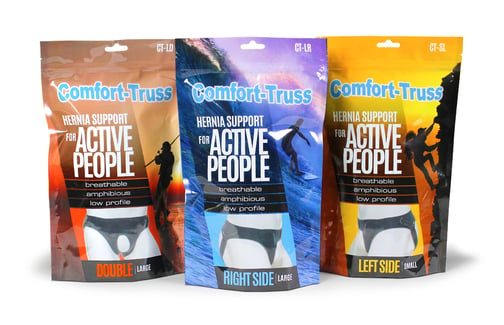
Cartons and Tetra Paks make up the majority of dairy packaging on the market. These formats are lightweight, resealable, eco-friendly, and suitable for on-the-go consumption. However, many stores and dairy producers offer giant plastic jugs for milk delivery.
Jars and Glass Bottles are commonly used for alcoholic beverages, including beer, wine, and cocktail mixes. Many condiments such as ketchup, mustard, relish, and pasta sauces also use glass containers, as do jelly and jam preserves. Glass is popular for its longevity, durability, recyclable potential, and protection against contaminants. Larger glass bottles and jars offer plenty of room for creative food packaging labels design, giving producers a big platform to display their branding message.
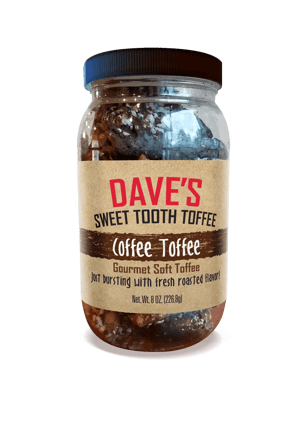
Metal Cans are also known for their long shelf lives and protection from outside air, light, and contaminants. One drawback of cans is the lack of resealability once opened.
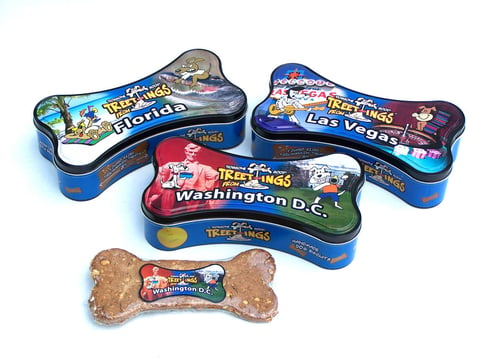
Lidded Plastic Tubs offer resealability, space-saving, portion control, and stackability, making them perfect for some deli items, yogurt, margarine, and butter.
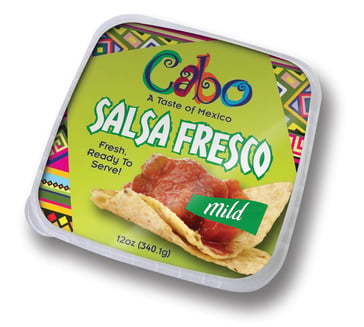
Styrofoam Trays With Clear Shrink Wrap are primarily used for supermarket deli and meat sections where you'll purchase raw poultry, red meat, and seafood portions. The main advantage of these packages is to allow consumers to clearly see the cut of beef, poultry, or seafood to identify the cut's quality, fat content, and potential flaws. Labeling space on these trays is limited, so only the most pertinent nutrition and expiration date information is usually found on these trays.
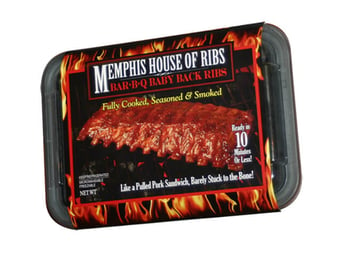
Eco-friendly packaging, including compostable and recycled paper, is now a permanent fixture in food packaging. However, its use is a function of several variables, including the food type, distribution channel, and consumer preference.
Foil Packets are perfect for single-serve items such as restaurant to-go condiments like ketchup, mustard, relish, barbeque sauce, sour cream, seasoning mixes, and salad dressing. Space for branding, nutrition info, and branding copy is minimal on these packets, so logo and typography downsizing ability is paramount for both readability and nutrition information regulatory compliance.
What is the Best Example of Creative as Well as Convenient Food Packaging Design?
We've learned that to design a label for food products, one must factor in numerous variables, including visual appeal, brand identity, and available package space.
The goal of leaving a positive first impression holds true when crafting labels for food products. For obvious reasons, these items carry health and personal taste ramifications more significant to buyers than non-edible products.
The initial moment when a consumer spots your food packaging on the shelf is often the sole opportunity for your product to captivate a potential customer.
The best food label designs use eye-catching colors and typography, carrying substantial potential to influence purchasing decisions. Use packaging that enhances your food's appeal, ensures its safety, and aligns seamlessly with your customers' expectations.
If you strive to maximize your food brand's impact on retail store shelves and your online store, contact our team of food packaging label design experts at Catalpha.
Explore how our customized approach, based on your market requirements and our mastery of the latest printing and packaging technologies, can align with the superior quality of your products.
Here are additional posts we think you might be interested in:

